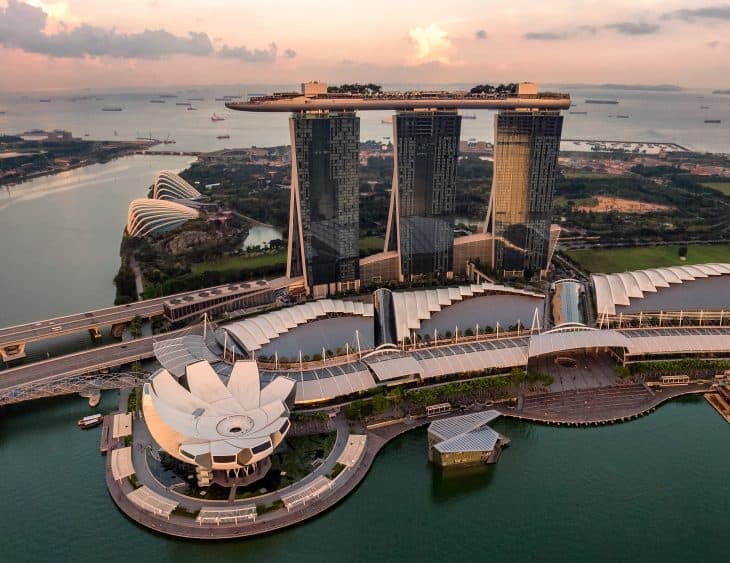
- Singapore is a sovereign island city-state in Southeast Asia.
- Singapore has a total land area of 724.2 square kilometers.
- Singapore is one of the most honest countries in the world.
- The least corrupted country in Asia is Singapore.
- The 4th least corrupted country in the world is Singapore.
- Sir Stamford Raffles founded modern Singapore in the year 1819.
- Singapore is in the southern tip of Peninsular Malaysia in Southeast Asia.
- The official currency of Singapore is called the Singapore dollar (SGD).
- The Singaporean dollar is the 13th most traded currency in the world.
- The national anthem of Singapore is Majulah Singapura.
- The national hero of Singapore is Lim Bo Seng.
- Lim Bo Seng became a national hero due to his resistance to the Japanese forces during World War II.
- Singapore was occupied by Japan during World War II.
- Singapore gained independence in the year 1963 by joining Malaysia.
- From the year 1963 to 1965, Singapore is part of the 14 states of Malaysia.
- The national language of Singapore is Malay.
- Singapore has four official languages. In particular, those are English, Malay, Tamil, and Mandarin.
- In contrast to the belief of many, Singapore is not just one island. The country is actually made up of 63 islands around it.
- Selling chewing gum in Singapore is illegal. However, there is an exception for therapeutic, dental, or nicotine chewing gum, which can be purchased from a doctor or registered drug store.
- Singapore is a city-state. Hence, it is an independent country that is made up of a single city. Thus, it is known to be called the “little red dot”.
Singapore Facts Infographics

Singapore is the only country in Asia with an AAA Sovereign Rating.
Singapore is also known as the Alpha+ global city, a city that is a primary redistribution point in the global economic network. Above all, Singapore is the only country in Asia with an AAA sovereign rating.
Singapore ranks 7th on the highest gross domestic product in the world per capita.
The success behind it comes from several reasons such as corruption-free business environment, transparent legal framework, and cautious monetary system.
The service sector of Singapore contributes up to 83.5% in the GDP.
The most dominant industries in Singapore are electronics, chemicals, financial services, ship repair, entrepot trade, and biomedical products. Moreover, the leading sector in the country is the services sector, which makes up 83.5% of GDP, while agriculture is the least with only 0.96%.
Singapore is a multi-cultural country.
The citizens in Singapore are called Singaporeans. Also, Singaporeans are a multi-ethnic, multi-cultural, and multi-lingual country with a great majority of Chinese, Malay, Eurasian, and South Asian descent.
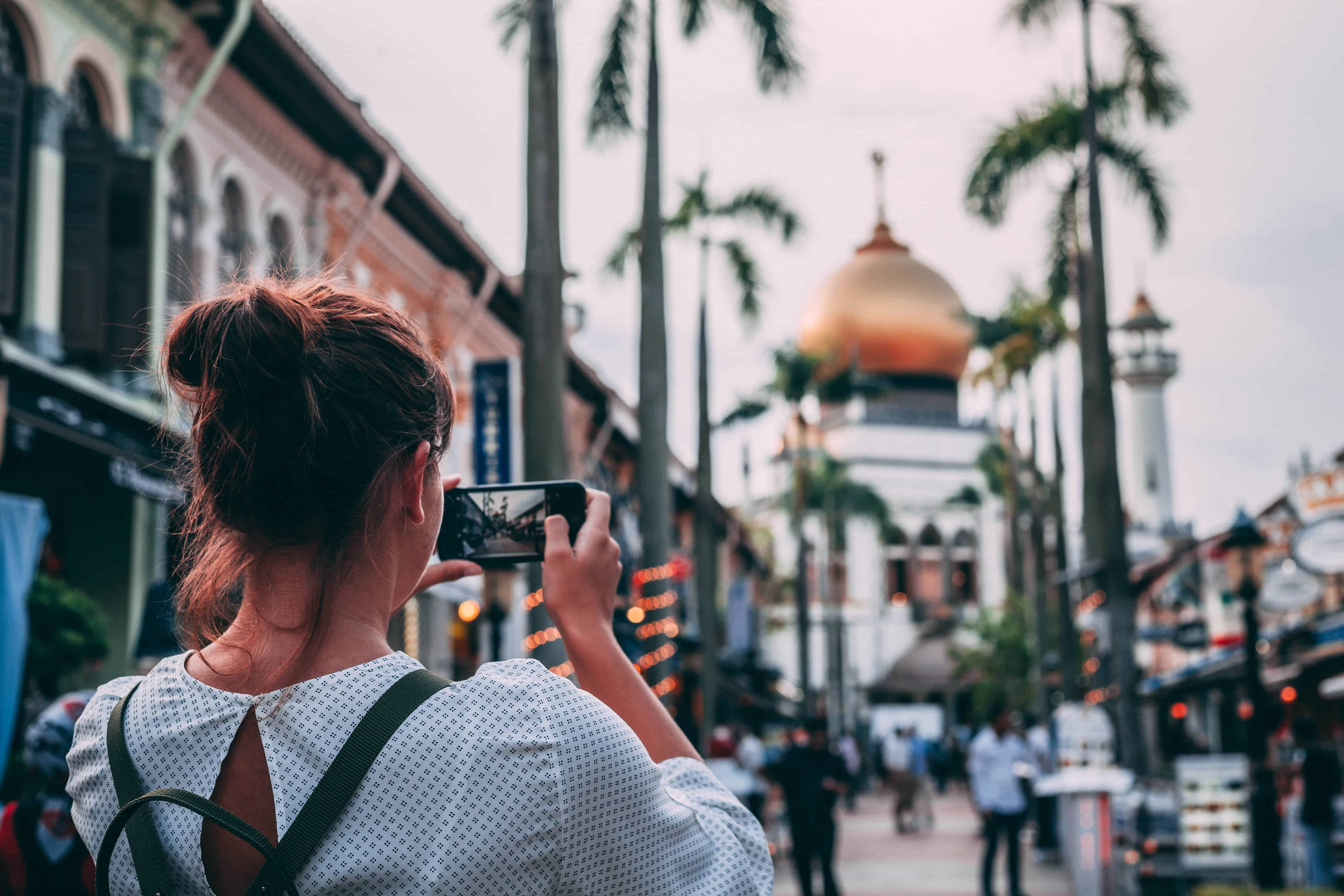
Singapore has the world's second-highest homeownership rate in the world.
In general, Singapore has a good quality of life as well as its education, healthcare, the home-ownership rate, and safety. To illustrate, there are around 91% Singaporeans who own their homes, making her the second-highest homeownership country in the world.
The government spends around 20% of its national budget on education.
The Ministry of Education manages the education system in Singapore. With this in mind, the government spends around 20% of its national budget on education which is contributed to the Singaporean citizens as well as funding the Edusave program that aims is to maximize the opportunities for all Singaporean children.
The healthcare of Singapore is one of the most efficient in the world.
The Ministry of Health manages the healthcare sector in Singapore. Furthermore, Bloomberg categorized Singapore as the most efficient healthcare system in the world. The World Health Organization also recognized Singapore and ranked her 6th on the World Health System.
Singaporeans are part of the world's longest life expectancy at 84.8 years.
Bloomberg also ranked Singapore as the healthiest country in Asia, along with Japan, and the 4th healthiest country in the world.
The Singaporean passport is one of the world's most powerful passport.
Singaporeans can travel to over 160 countries without a need for a visa or simply just using the visa-on-arrival.

The population of Singapore grew 5 fold in just 65 years.
As of the year 2020, the current population of Singapore is 5,829,823. Simultaneously, the population in the country is growing. As an illustration, the population of Singapore in the year 1955 was only 1,305,105. In other words, the population grew almost 5 fold in just 65 years.
English is the most commonly spoken language.
Only 10% of the Singaporeans speak the national language which is Malay. As the majority of her citizens are Chinese, Malay language did not become the main language in the country. However, the most commonly spoken language is English.
Singaporeans sing its national anthem in Malay.
The national anthem of Singapore is written in Malay. Thus, Singaporeans sing the national anthem using in Malay. Here are a few lines of its national anthem in English translation.
“Come fellow Singaporeans,
(Let’s) renew life as one nation.
With peace and effort,
we move forward together.
We live in peace and cooperation
to achieve happiness
(May) our noble aspiration (make) Singapore successful!”
Zubir Said composed the national anthem, Majulah Singapura.
Zubir Said, a Singaporean composer, composed the national anthem of Singapore. Majulah Singapura was selected in 1959 as the country’s national anthem when she attained the ‘Self-governance of Singapore’.
Buddism is the dominant religion in Singapore.
The most dominant religion in Singapore is Buddhism with 33.2%. On the other hand, Christianity is in 2nd place with 18.7%. While 48.1% is divided into Islam, Taoism, Hinduism, and other religions.
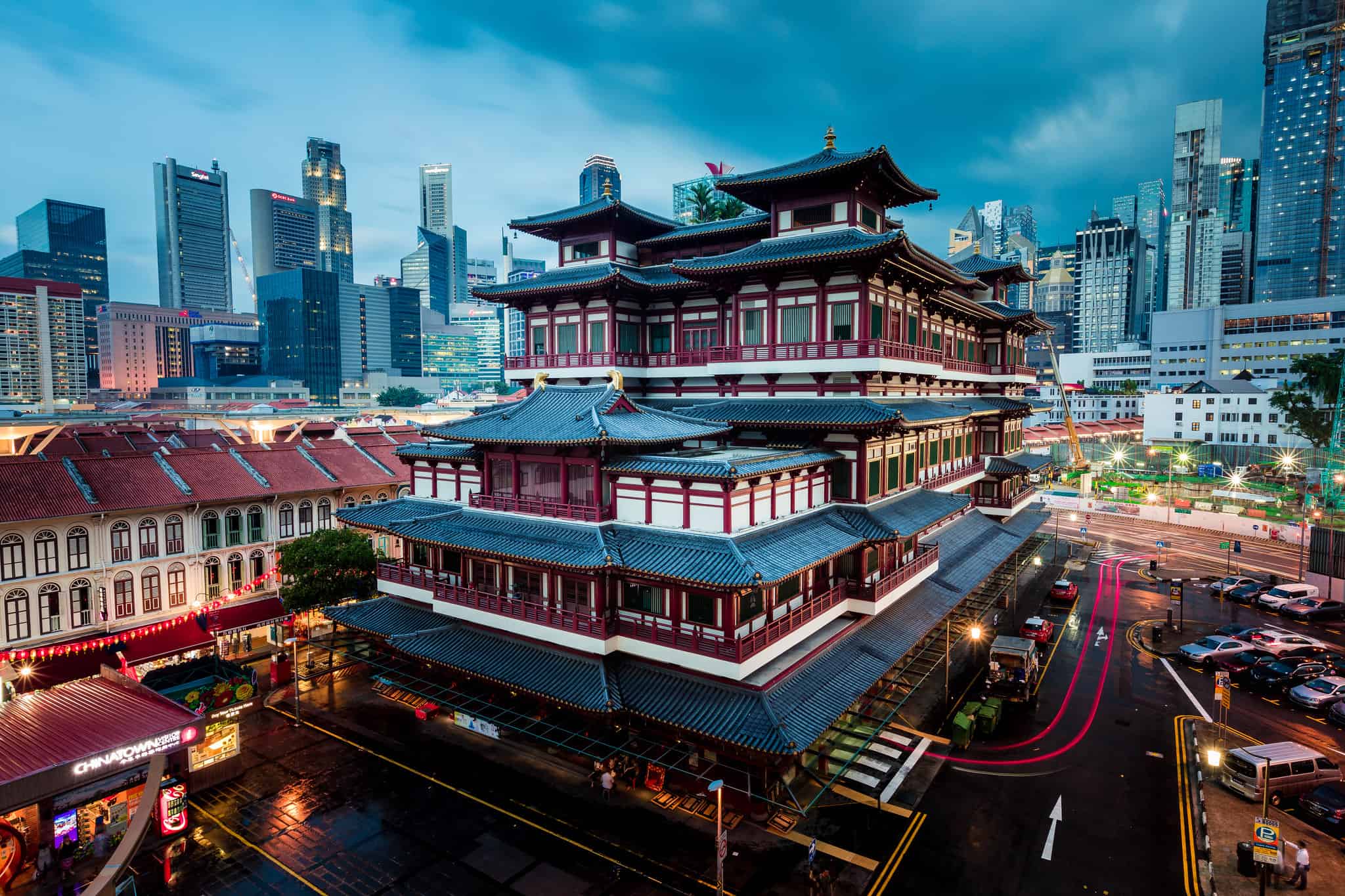
Sentosa Island is famous in Asia.
One of the most famous tourist attractions in Asia and Singapore is Sentosa Island. With this in mind, Sentosa offers a variety of adventures and activities such as Universal Studios, Adventure Cove Waterpark, Skyline Luge, and so much more. You definitely can’t miss a visit to Sentosa Island when you’re in Singapore!
The British military used Sentosa Island as a base.
In the early years, the British military used Sentosa Island as a base when Singapore was under the British colony. It was also used as a Japanese prisoner-of-war camp during WWII. Initially, the official name of the island is Pulau Blakang Mati. Afterwhich in the year 1972, the island changed its name to Sentosa which means “peace and tranquility”. Currently, Sentosa Island is now home to a popular resort that receives more than 20 million visitors per year.
Sang Nila Utama founded Singapore, the Kingdom of Singapura.
Sang Nila Utama was a Srivijayan prince from Palembang who founded Singapore in 1299. Moreover, the prince saw a lion when he landed on the island. Thus, giving the name ‘Singapura’ for the island which means ‘Singa’ in Malay for lion.
World War II affected Singapore.
Singapore was not directly affected by World War I since the battle did not go as far as South East Asia. However, during World War II, the Japanese Imperial Army conquered British Malaya, the set of states on the Malay Peninsula and Singapore.
Singapore uses the most advanced military technology in South East Asia.
Singapore has the most advanced technology in military power in contrast to the bigger countries in South East Asia. With this in mind, the government only spends a low percentage budget (4.9% of the country’s GDP) on military costs. Furthermore, the Singapore military is complete with the air force, the army, and the navy.
Singapore has a tropical climate.
Since the country is near the equator, she experiences a tropical climate and stays relatively hot and humid all over the year. Also, the average temperature in Singapore is around 31°C during the day. Her hottest months are in April and May, while the coolest months are December and January.
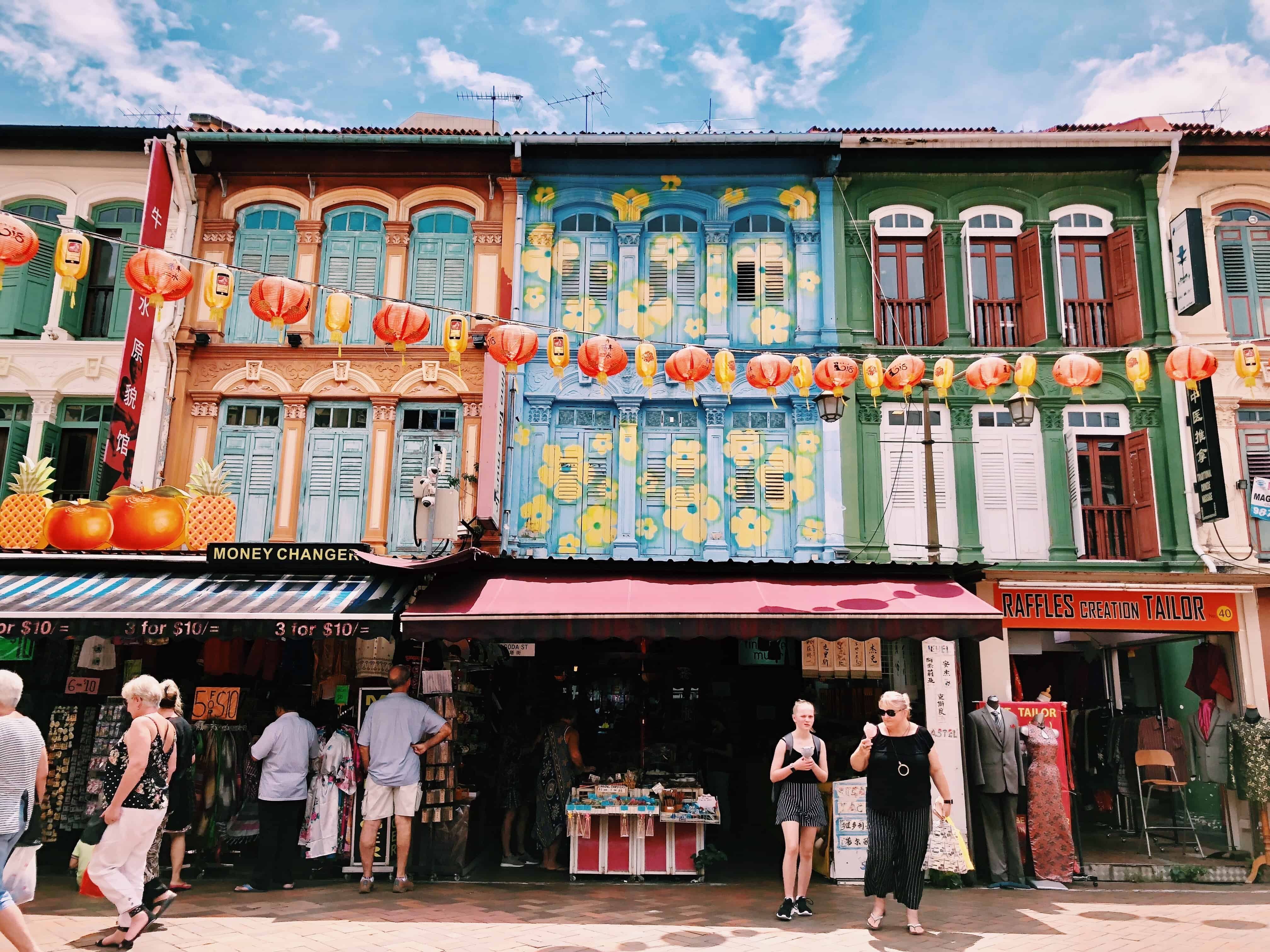
Singapore has her own version of "winter".
The lowest temperature ever recorded in Singapore is 19.0°C on 14 February 1989. On the other hand, the highest temperature recorded was 37°C on 17 April 1983.
Bukit Timah is the highest point in Singapore.
The summit of Bukit Timah is the highest point in Singapore located near the geographical center of the country. Furthermore, the hill stands at an altitude of 597 feet above sea level. The average annual temperature in the area is 26.8°C.
Singapore is one of the four "Asian Tigers" in Asia.
Singapore is one of the four “Asian Tigers” in Asia. The other three countries are Taiwan, South Korea, and Hong Kong. In particular, these four countries undergo rapid industrialization with high growth rates of more than 7% per year in the 60s up to the 90s.
The best traits of Singapore are Dynamic, Business-Friendly, and Competitive.
Singapore is also known as one of the most competitive, dynamic, innovative, and business-friendly country in the world. The country is also recognized as the second freest economy in the world as well as the easiest place to do business.
Singaporeans benefit from a good employment rate.
Singapore has a good employment rate. She has the lowest unemployment rates among developed countries which do not exceed 4%. Above all, it endured the 2008-2009 global recession with only a 3% unemployment rate. As of the year 2019-2020, the unemployment rate is only at 2%.
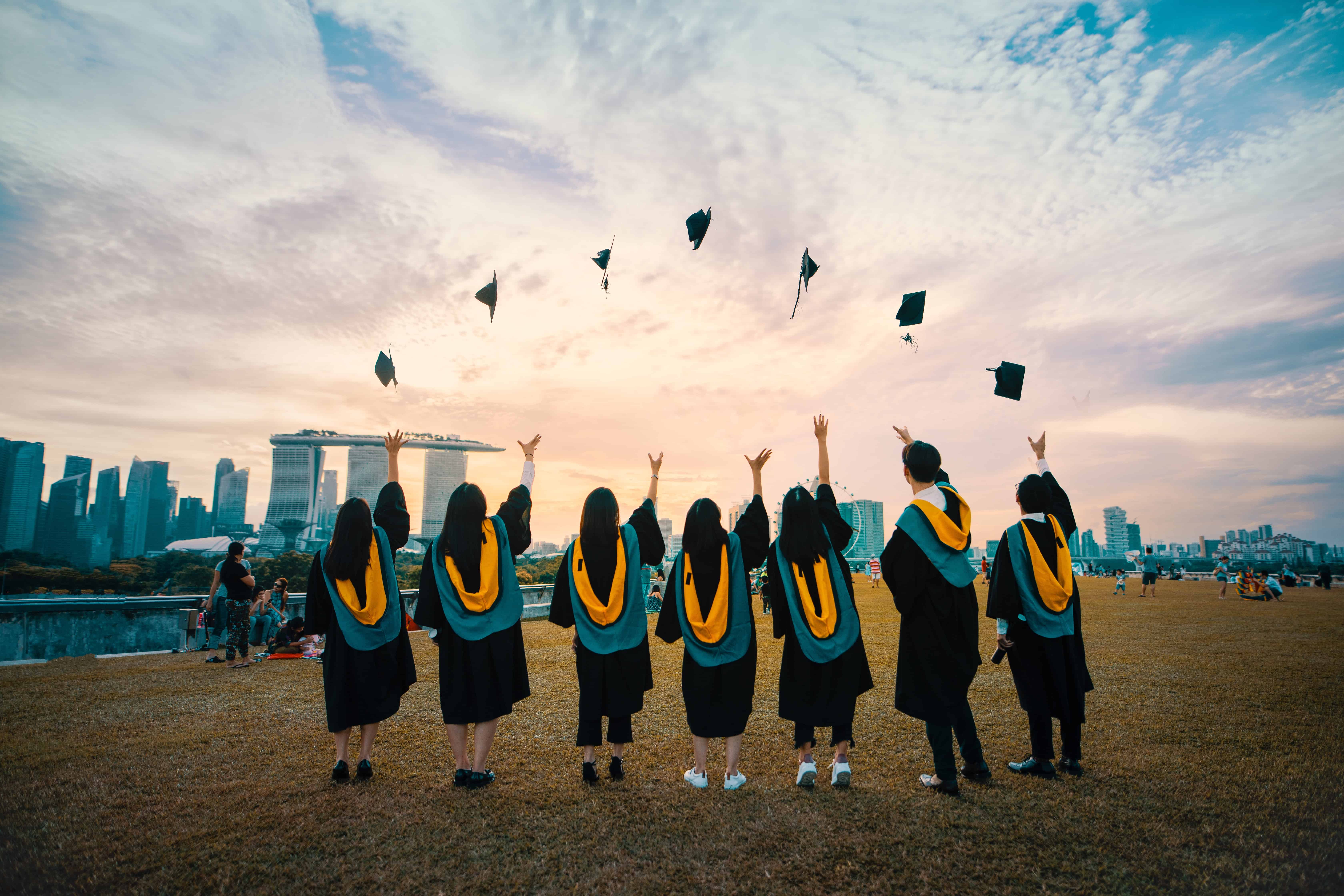
The Government of Singapore helps needy citizens.
Although poverty and homeless issues are uncommon in Singapore, the government provides an assistance program such as the Ministry of Social and Family Development. The government helps the needy by providing free medical care, schooling as well as household needs by giving 400 to 1000 SGD per month to some families.
87% of the homeless people in Singapore are men.
Out of the 5 million Singaporean residents, the country only has approximately 1,000 homeless people. Furthermore, 87% of these homeless people are men and about half of them are in their 50s.
Singapore is the 3rd largest foreign exchange center globally.
Singapore is the 3rd largest foreign exchange center globally. In particular, she has a whopping daily average trading volume of $870.63 billion. Also, the US dollar, Euro, Australian dollar, Singapore dollar, and Japanese Yen, rose as the top five traded currencies in Singapore.
Singapore is the world's second-largest gambling hub.
Singapore is the world’s second-largest gambling hub. Furthermore, the country emerged as Asia’s new gambling destination due to its big casinos such as Marina Bay Sands casino and Resort World Sentosa casino.
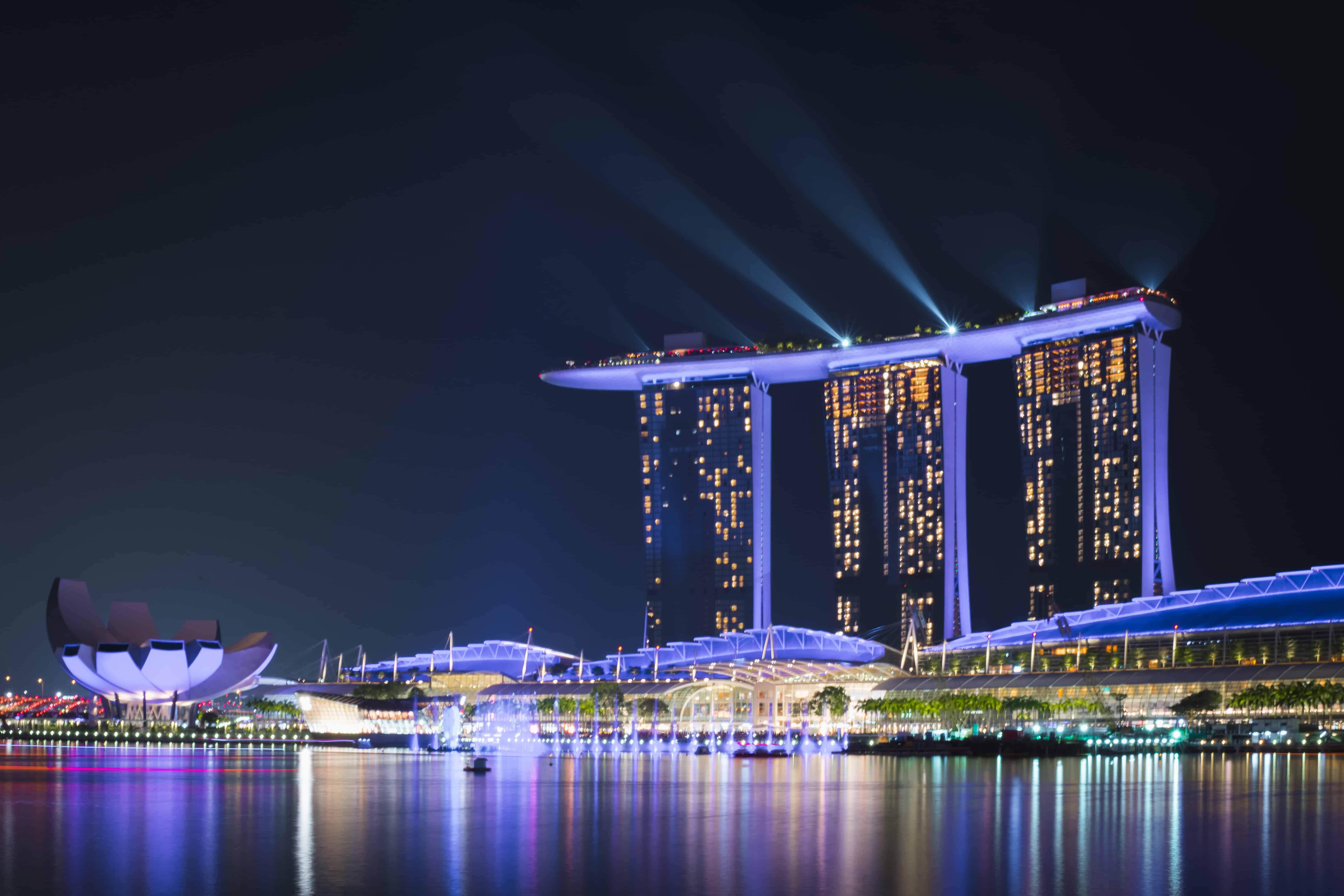
Singapore just recently opened the casinos.
Behind its success in the gaming industry, surprisingly, Singapore only opened the first casino on February 14, 2010. On the other hand, the operations of casinos in Singapore generated uncertainties in the country for they fear that addictions and losses can hurt its citizens as well.
The government discourages Singapore citizens to gamble.
The government is discouraging the Singaporeans to gamble. Thus, it imposes an SGD $150 entrance fee for all the locals who wish to play in the casinos. Moreover, they also implemented a rule where locals are allowed to ban their family members from entering the casinos.
Most Singaporean casino players lost on its opening year.
In spite of all the efforts, rules and regulations imposed by the government and their own families to stay away from gambling, Singaporean players have been recorded to have more than $1,000 losses per adult in 2010-2011 (casino’s opening date).
The Marina Bay Sands casino is the world's most expensive standalone casino property.
Singapore’s Marina Bay Sands casino is the world’s most expensive standalone casino property at $6.3 billion. Furthermore, it has 2,561 rooms with a convention center can accommodate 45,000 people. Above all, Marina Bay Sands has the world’s longest elevated swimming pool.
Singapore is Asia's leading oil trading hub.
Singapore is the leading oil trading hub in Asia and the 3rd-largest oil-refining and trading center in the world. On the other hand, the country produces around 20,170 barrels of crude oil every day. Thus, she ranks 78th on the world’s oil-producing countries.
Singapore's wealth did not happen by chance.
At first, Singapore did not see her full potential to grow to what she is today. Back in the year 1965, Singapore was a low-income country with insufficient natural resources. Moreover, Singapore lacks basic infrastructure, investment, and job opportunities. However, everything did not happen by chance or luck, but instead comes from a progressive public policy and extensive private sector engagement. Above all, Singapore is blessed to have a transparent, honest and non-corruptive government.
Singapore has more tourists than local citizens.
The tourism industry contributes a big part of Singapore’s growth. She welcomes to 18.5 million international tourists every year. In other words, the ‘tourist headcount’ is much more than the local population of 5.7 million. With this in mind, Singapore claims the 5th spot of the world’s most visited cities in the world.
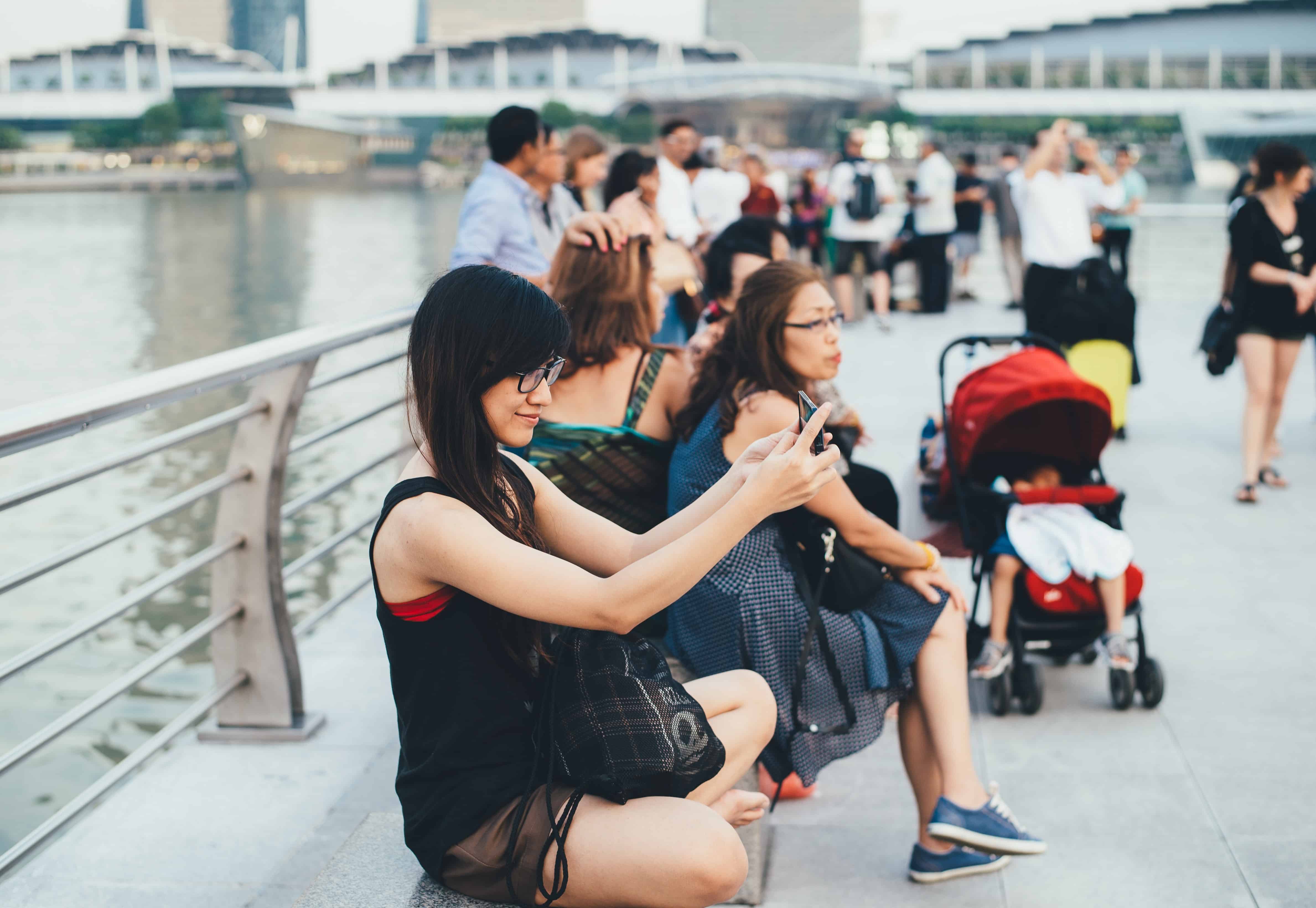
Half a million Singaporeans benefit from the tourism industry.
Tourism is a vital piece to Singapore’s GDP for it contributes up to 10% income. Above all, it generates employment to the locals up to 8 to 10% of the population. Hence, there are an estimated 500,000 Singaporeans who benefit from the tourism industry.
Tourism in Singapore did not happen by luck or accident, it was built.
Similar to its economic success, tourism success in Singapore did not happen by accident as well. For instance, Singapore is one of the world’s lowest crime rates compared to other developed nations and the world. Thus, tourists take advantage of this opportunity without yet mentioning Singapore’s airport and train system’s efficiency and ease of use.
Singapore's train system is one of the world's best.
Mass Rapid Transit, or simply MRT, is Singapore’s train system. The MRT links almost all the places in Singapore using a network of different train connections and serves over 3 million passengers every day. Furthermore, the MRT operates from 5:30 am to 1:00 am with over 130 stations which cover almost 200 kilometers in length at reasonable price ticket rates.
Besides the efficient train system of Singapore, taxis and buses are also very reliable.
Aside from the train system, Singaporeans also use other means and alternative transportation such as bicycles and e-scooters. On the other hand, buses and taxis are also solid and reliable. Above all, taxis are a popular form of public transport especially for tourists who are not familiar with the directions in the country. Additionally, their fares are generally affordable compared to other developed countries.
Singapore's food diversity is one of the best reasons to love the country.
Aside from the fact that Singapore has a great transport system and overall general security, the country’s food diversity is one of the best reasons to love the country. Equally important, the food prices at the street foods and restaurants are affordable too.
Bak Kut Teh has been around in the country even before Singapore was developed.
Bak Kut Teh, or pork ribs soup, is one of the most popular food in Singapore. In truth, Bak Kut Teh has been around in the country even before Singapore was developed. Most noteworthy ingredients of this popular dish are pork spareribs, black & white peppercorns, cinnamon stick, green papaya, gai choy, and crispy fried shallots. There are even pre-packed Bak Kut Teh herbs available in local supermarkets, and now anyone can make this dish conveniently.
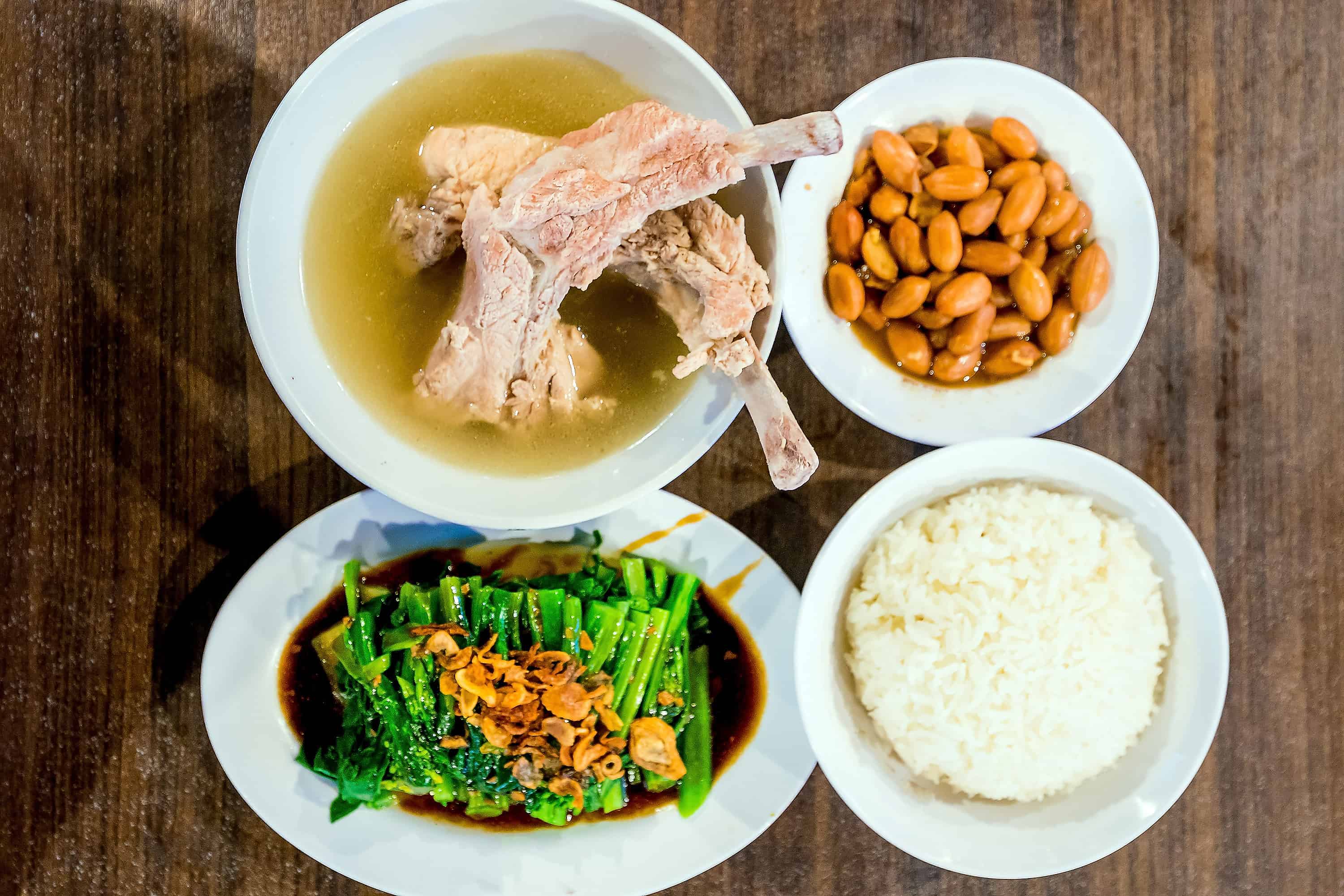
The Hainanese chicken rice is the national dish of Singapore.
The national dish of Singapore is the Hainanese chicken rice. In detail, Hainanese chicken rice is made up of poached chicken and seasoned rice, served with chili sauce. The Hainanese chicken dish was created out of practicality which is made by servant-class immigrants trying to maximize the flavor of the chicken. Fast forward today, Haninase chicken rice is eaten everywhere and every day in Singapore not out of practicality, but because of its wonderful taste.
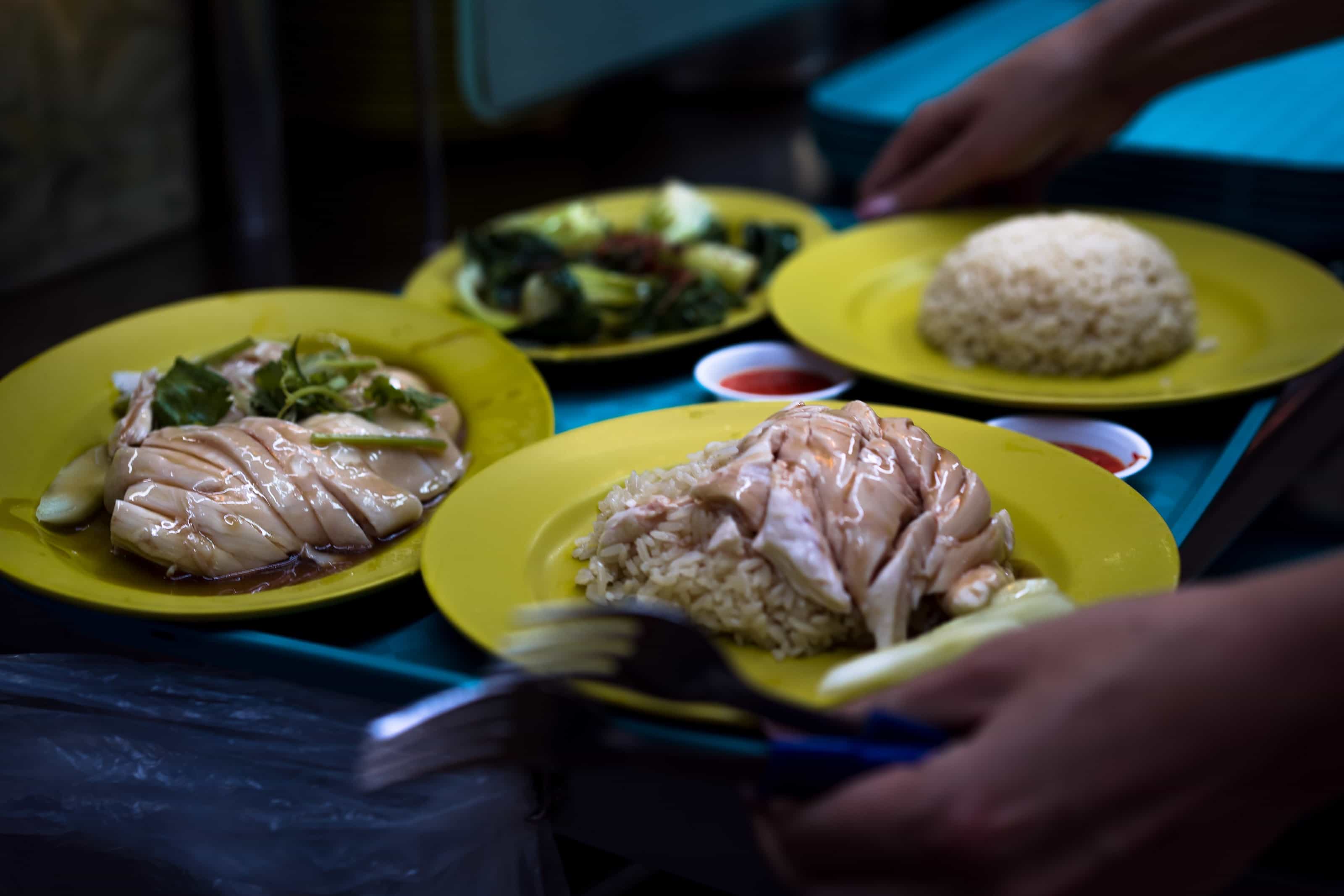
Singaporeans enjoy a variety of sports.
The more popular sports in Singapore are basketball, football, swimming, badminton, cycling, rugby and as well as weightlifting. Singaporeans are also known to compete and participate in Asian Games and Olympics.
Tan Howe Liang gave Singapore her first Olympic medal.
Tan Howe Liang, a Singaporean weightlifter, won the first Olympic medal for Singapore. He won the silver medal in the year 1960. As of 2020, Singapore won a total of 2 bronze, 2 silver, and 1 gold medal in the Olympics.
Joseph Schooling beat Michael Phelps and gave Singapore her first gold medal in the Olympics.
Joseph Schooling, a Singaporean swimmer, won the first-ever gold medal in the Olympics in the Men’s 100-meter butterfly at the 2016 Olympic Games. Above all, no one believed that a Singaporean can win a gold in swimming during those times because of the tough competition, plus, the legendary Michael Phelps is part of the competition. Of course, this is a historic and emotional event for all the Singaporeans when Joseph Schooling won the gold, and for the first time, the Majulah Singapura—Singapore’s national anthem, was sung at the Olympics.
Kathie Lee Lee Beng finished 8th place in the Miss Universe.
Singapore has been competing in the Miss Universe since the year 1954. Moreover, Kathie Lee Lee Beng attained the highest award for Singapore at 8th place in the Miss Universe. This beauty pageant contest was held in the United States in 1983.
Water consumption in Singapore is expected to double from 380 to 760 million gallons per day as the years go by.
Due to Singapore’s massive tourism and growing population compared to its country size, water consumption is expected to rise. However, Singapore’s strategy does not rely only on physical infrastructure alone, it also includes public education, water conservation, proper legislation, as well as research and development.
Singapore currently uses 4 different solutions to water challenges.
Singapore water depends on the Four National Taps. First, the country processes seawater desalination. The process takes away mineral components from saltwater thus making the seawater to potable water. Since Singapore is surrounded by waters, this process helps to overcome water challenges.
The second solution of Singapore to the water challenges is by importation.
Singapore imports water from Malaysia. A maximum of 250 million gallons of water a day is drawn from the Johor River under the agreement. Thus, imported water from Malaysia can supply up to 60 percent of Singapore’s water needs.
Singapore has an urban rainwater catchments.
Third, Singapore has an urban rainwater catchment. Fortunately, Singapore has 17 reservoirs which are characterized as national water catchments. In other words, it can collect water through its natural landscapes.

Singapore also relies on reclaimed water.
Finally, Singapore also relies on reclaimed water. In particular, reclaimed water is a process of recycling wastewater into clean water. Accordingly, the recycled water is used for agricultural purposes such as watering the plants or even industrial purposes such as toilet flushing. Above all, this water treatment can reach up to potable water standards.
The Ministry of the Environment and Water Resources created NEWater.
The Ministry of the Environment and Water Resources ensures a sustainable and efficient water supply. For this reason, the organization created NEWater. Since then, NEWater is treating the wastewater using dual-membrane and ultraviolet technologies.
Singapore needs more sand for land reclamation.
The growth of Singapore comes from building infrastructures. While it may be true, Singapore has been alledged of buying too much sand. Thus, neighboring countries such as Malaysia, Vietnam, and Cambodia are protesting.
The "Little Red Dot" is getting bigger.
Over 200 years, Singapore’s land area has become bigger by 25% more by land reclamation. In actual fact, the country needs to continue doing so to sustain its massive growth and development.
The Singapore Kindness Movement teaches her citizens about good values.
Singapore has a public education program known as the Singapore Kindness Movement. The program focuses on teaching kindness and graciousness in Singaporean society. Accordingly, this non-profit organization movement started back in the year 1997 and reaching people to achieve its “inner peace”.
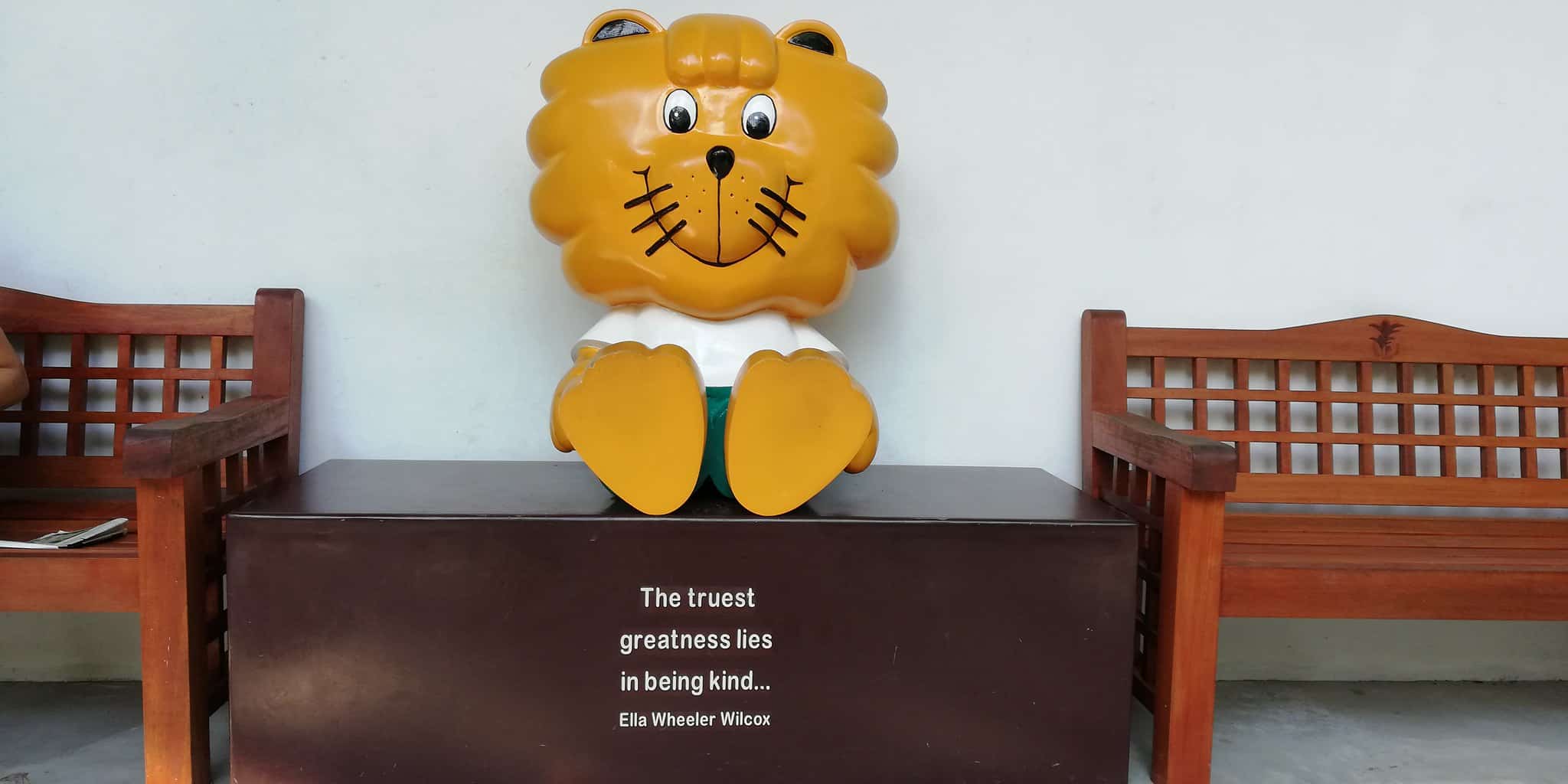
Singaporeans plants trees annually.
Every first Sunday of November, Singapore celebrates the Tree Planting Day. Simultaneously, citizens, diplomats, including Singapore’s Prime Minister joins this environmental movement.
The government does not encourage Singaporeans to own cars.
Buying a car in Singapore can cost the buyer more than twice as much its original value. Before anyone owns a car in Singapore, he/she needs to bid for the Certificate of Entitlement (or COE). The COE is the right to vehicle ownership and the use of road space in Singapore. Above all, the COE is only valid for 10 years, after which the owner has to change his/her car, or submit the bidding for the COE again to extend its validity.
Singapore Flyer took more than 2 years to build.
The Singapore Flyer is one of the most famous and tallest observation/Ferris wheel in the world. The construction of the Singapore flyer took 2 and a half to build. At last, on March 1, 2008, the Singapore flyer made its soft opening. The Singapore Flyer has an overall height of 541 feet.
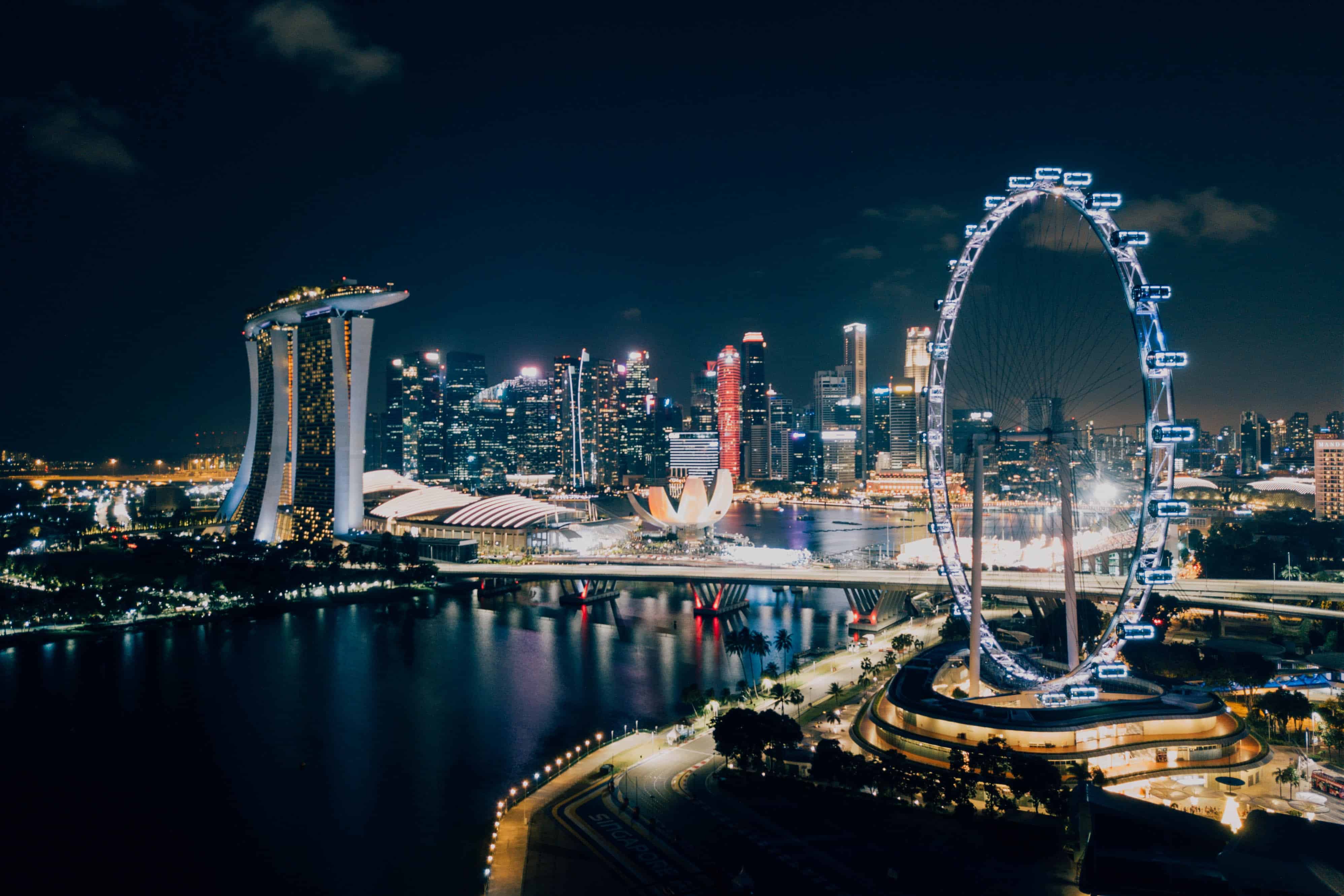
The Singapore Flyer has 28 capsules with a capacity of 28 passengers each.
The Singapore flyer has 28 air-conditioned capsules with a capacity of 28 passengers. It welcomed its first paying customers on 11 February 2008, in time for Chinese New Year. Initially, if viewed from Marina Centre, the wheel turned in a counterclockwise direction, but its direction was reversed on August 4, 2008, due to the advice from a Feng-Shui expert.
The Singapore Flyer offers a birds-eye view along with a fancy meal.
The field of vision from the Singapore Flyer opens up an impressive aerial view of the city and the Singapore Bay from a “bird’s eye view”. Above all, passengers can even catch a brief look at the coasts of Malaysia and as far as Indonesia. Equally important, passengers may opt for a fancy lunch or dinner set during the 30-minute journey.
Singapore has a height limit for its buildings.
Singapore set a height limit for its buildings. Hence, no building can be constructed to exceed more than 280 meters in height. The country created this rule due to air traffic control restrictions. The only exception is only in the Marina Bay district, but subject to approval.
The Guoco Tower is the tallest building in Singapore.
In contrast to the country’s building height limit of 280 meters, the Guoco Tower is the tallest building in Singapore which measures 290 meters. Thus, the government granted a 1-time exemption for the skyscraper. Moreover, the completion of the 64-story building happened in the year 2016.
All 18-year-old male Singaporeans are required to be a full-time national serviceman.
Singapore has a period of compulsory service to all its male citizens. Once the male citizens turn 18 years of age, they will serve for 2 years in active duty as full-time national servicemen. Above all, national servicemen exemptions are not common, unless they have permanent disabilities or severe medical conditions.
Full-time national servicemen are literally full-time.
Once the male teenagers complete their high school, it’s time for them to enlist as national servicemen. After serving for two years, they will continue their studies after. One of the reasons why they do this, in particular, is to help the manpower of Singapore’s army.
The Singapore flag has a crescent moon and five stars.
There are two colors on Singapore’s flag, red and white. Red means universal brotherhood and equality of man. Whereas white stands for eternal purity and virtue. The moon in the flag represents a young nation on the ascendant, while the five stars stand for Singapore’s ideals of peace, equality, democracy, progress, and justice.
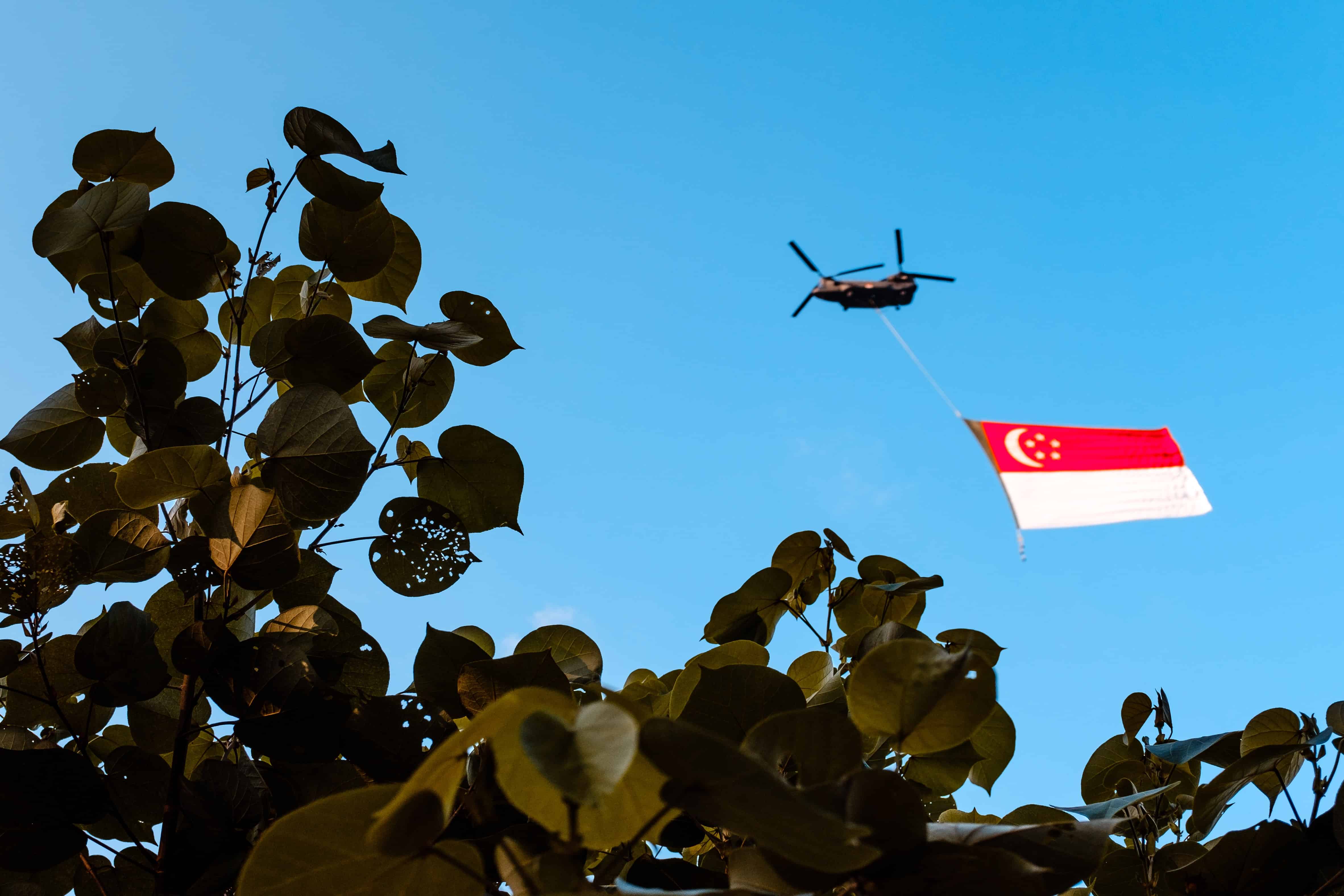
Singapore's national stadium is the largest free-standing dome structure in the world.
The national stadium of Singapore is one of the world’s largest retractable dome with 312 meters in diameter and 80 meters in height. Moreover, the national stadium is also the largest free-standing dome structure in the world. To illustrate, it can accommodate 55,000 people for a football match while it can hold 52,000 for cricket.
Swan Lake is the oldest ornamental water-feature in Singapore.
Singapore has an artificial lake located at the Botanic Gardens. Furthermore, the lake was named Swan Lake since the area was populated by swans which are imported from Amsterdam. Above all, it is considered being the oldest ornamental water-feature in Singapore which was constructed in the year 1866.
Singlish made it to the Oxford dictionary.
Singlish, literally means Singaporean English, is commonly spoken by the locals. There are 27 Singlish words that have made it to the Oxford dictionary. Wah, what a surprise! You can find the list of words here and how they are used locally.
The probiotic drink Yakult in Singapore has different flavors and its much bigger.
Singapore is the only country on earth that has different flavors of the probiotic drink, Yakult. In detail, those are orange, grape, green apple, and of course, the classic flavor. Furthermore, the serving size per bottle is also bigger than the usual 65 ml. Yakult in Singapore is served at 100 ml. There is also a less sugar alternative, called Vitagen.
Singapore has the word's tallest indoor waterfall called Rain Vortex.
Singapore’s Changi Airport has become a tourist attraction due to its indoor waterfall. The Rain Vortex is the tallest indoor waterfall in the world which pumps half a million liters of water through the roof of the Jewel building. To illustrate, the indoor waterfall is 40 meters in height and it is surrounded by a four-story terraced forest.
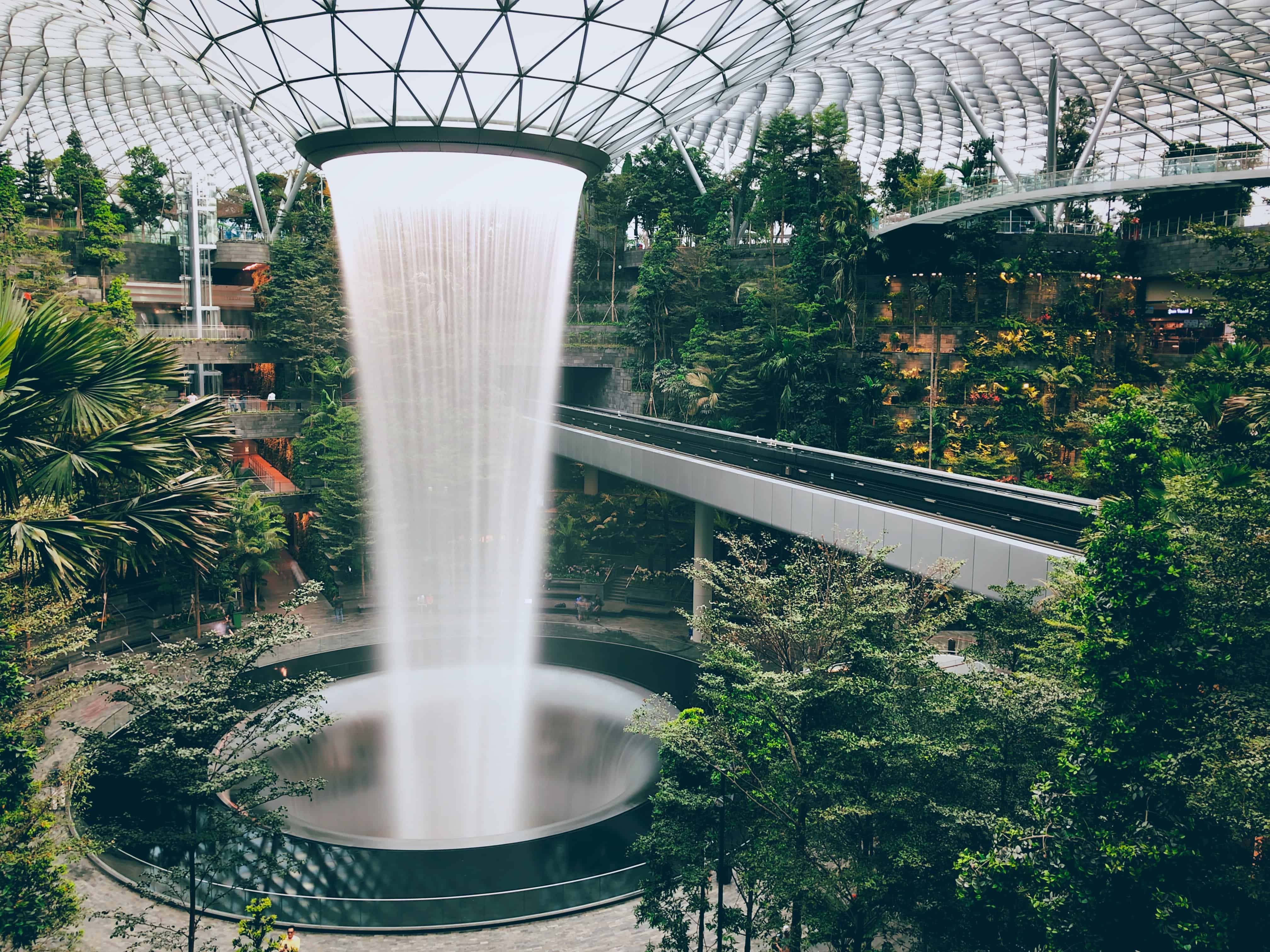
Changi Airport continues to blossom year after year.
Because of Changi Airport’s amazing architecture, efficiency, and service the airport was voted as the world’s best airport for the 7th time in a row in the year 2019.
Singapore also owns the 2nd tallest indoor waterfall.
Singapore is also the home of the 2nd tallest indoor waterfall at 35 meters in height. Hence, Gardens by the Bay’s Cloud Forest holds the record of the tallest indoor waterfall until Rain Vortex’s opening on April 17, 2019. Moreover, Gardens by the Bay is a nature park that occupies 101 hectares in the Central Region of Singapore. To this end, Cloud Forest nurtures rare plants and diverse vegetation.
The government made an anti-hippie move.
During the 60s, Singapore bans all men to grow long hair. In particular, this was the answer of the government to the growing hippie subculture. In other words, the government views the hippie subculture as a negative influence and harmful to the country’s development.
Zhang Yong is the richest man in Singapore.
First on the rank as of this writing is Zhang Yong—originally born in the Sichuan province of China that soon migrated to Singapore, filled for his naturalization as a Singaporean citizen and started his career as a factory worker. Furthermore, he quit his job in the year 1994 to start his first restaurant business. Fast forward today, he is the founder of the Haidilao International Holding Ltd restaurant group with a net worth of $13.8 Billion. Ironically, Zhang Yong had not dine in a restaurant until the age of 19. Now, he owns numerously profitable restaurants not just in Singapore, but across the globe.
The legacy of the Ng Family in Singapore.
2nd on the ranking of richest men in Singapore is the real estate mogul brothers, Philip Ng and Robert Ng. They have a combined net worth of $12.1 billion. In contrast to Zhang Yong’s rags to riches story, the brothers inherited a huge property and hotel empire from their father, Ng Teng Fong. Credit for the brothers, the business continues to grow under their management nevertheless.
Goh Cheng Liang is the king of paint in Singapore.
3rd on the list is Goh Cheng Liang, a Singaporean billionaire businessman who founded Wuthelam Holdings. Moreover, Wuthelam Holdings was created in the year 1955 to manufacture and distribute paint and coatings. Goh Cheng Liang’s biggest break is when they bagged a profitable deal with Nippon, a Japanese paint manufacturer and the seventh-largest paint manufacturer in the world, in the year 1962. Above all, Goh Cheng Liang’s net worth is $9.5 billion.
Singapore managed to squeeze in a 3,000-kilometer road inside the country.
Even with the relatively small landmass for a country, the roads in Singapore are over 3,000 kilometers in length which can cover the distance between Singapore and Hong Kong.
The Lion is the national animal of Singapore.
Singapore’s national animal is the lion. The country chooses the lion as it symbolizes Singapore’s courage, excellence, and strength. In like manner, there is no surprise that Singapore chose the lion since the country’s name is ‘Singa Pura’ which means Lion City.
Singapore is a fine city.
Saving the best for the last, Singapore is a fine city. And we mean it, literally.
Here are just some of the few fines that you should be careful about, when you’re in Singapore!
Eating or drinking on public transport – $500 fine
Smoking in public areas (outside designated smoking areas) – $200 fine and above
Riding e-scooters or motorized bicycles (outside designated areas) – $2000 fine and/or jail term
Spreading fake news – Up to $50,000 fine and/or jail term
Connecting to your neighbor’s Wifi without permission – Up to $10,000 fine and/or jail term
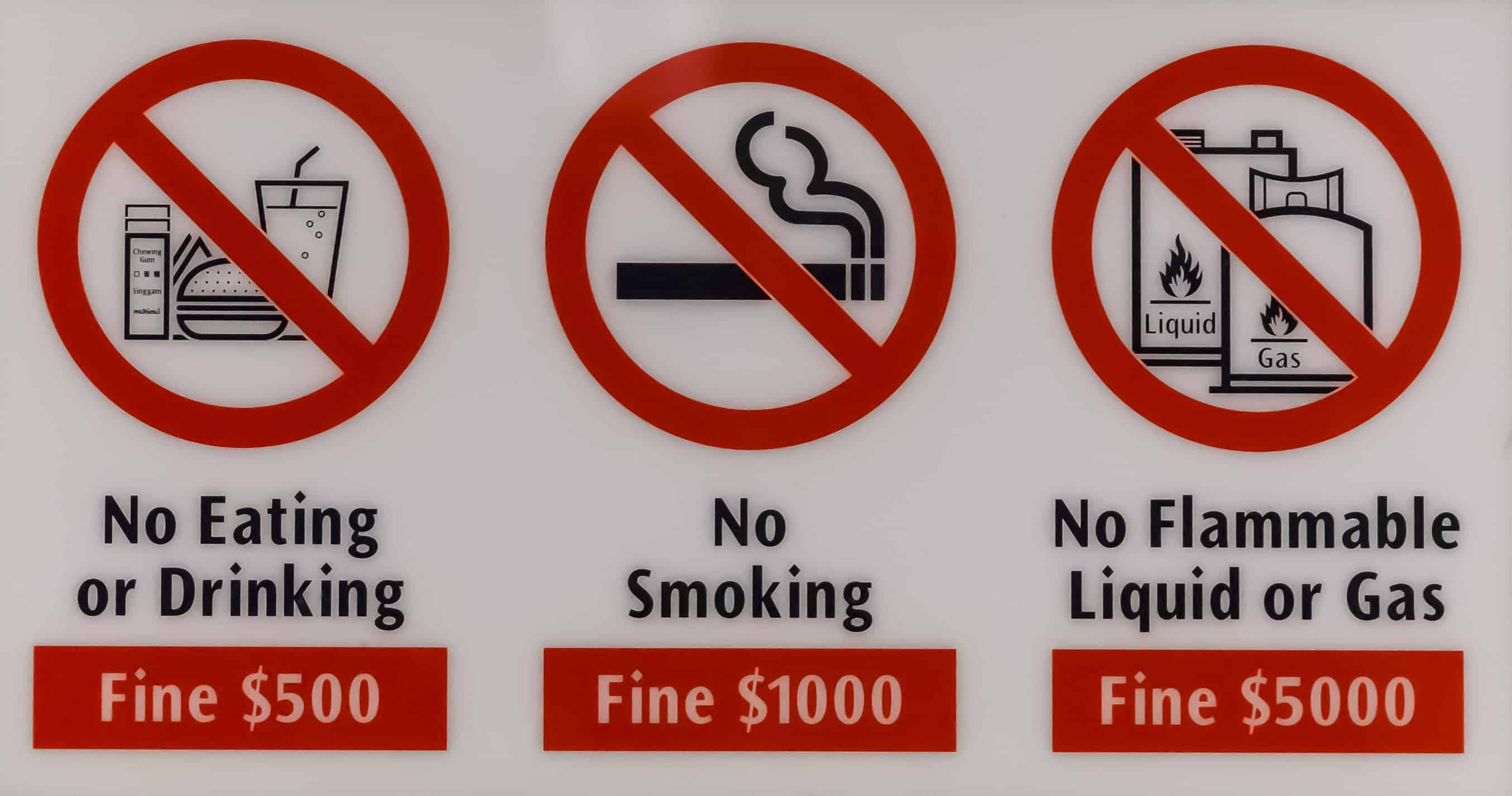
Was this page helpful?
Our commitment to delivering trustworthy and engaging content is at the heart of what we do. Each fact on our site is contributed by real users like you, bringing a wealth of diverse insights and information. To ensure the highest standards of accuracy and reliability, our dedicated editors meticulously review each submission. This process guarantees that the facts we share are not only fascinating but also credible. Trust in our commitment to quality and authenticity as you explore and learn with us.
